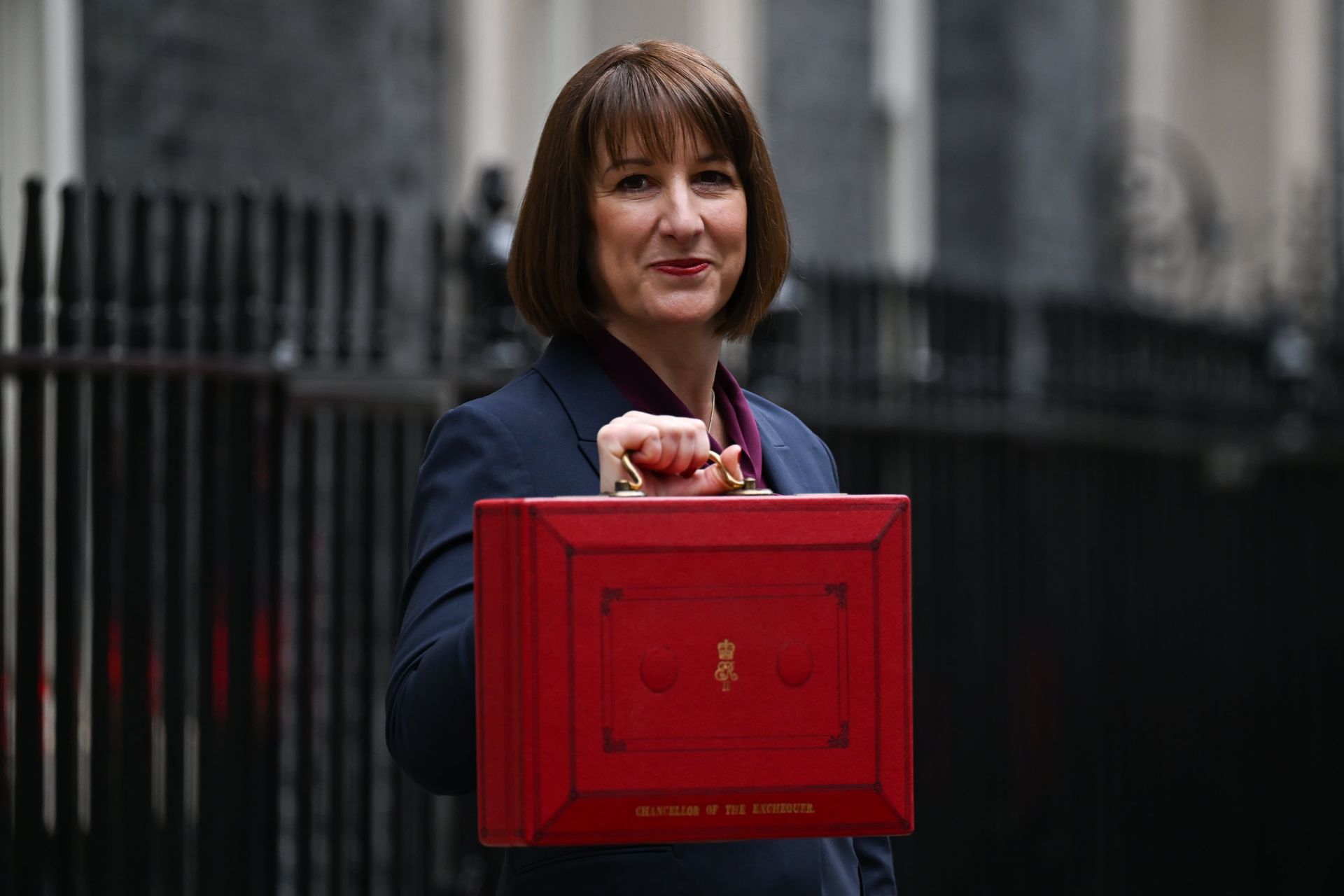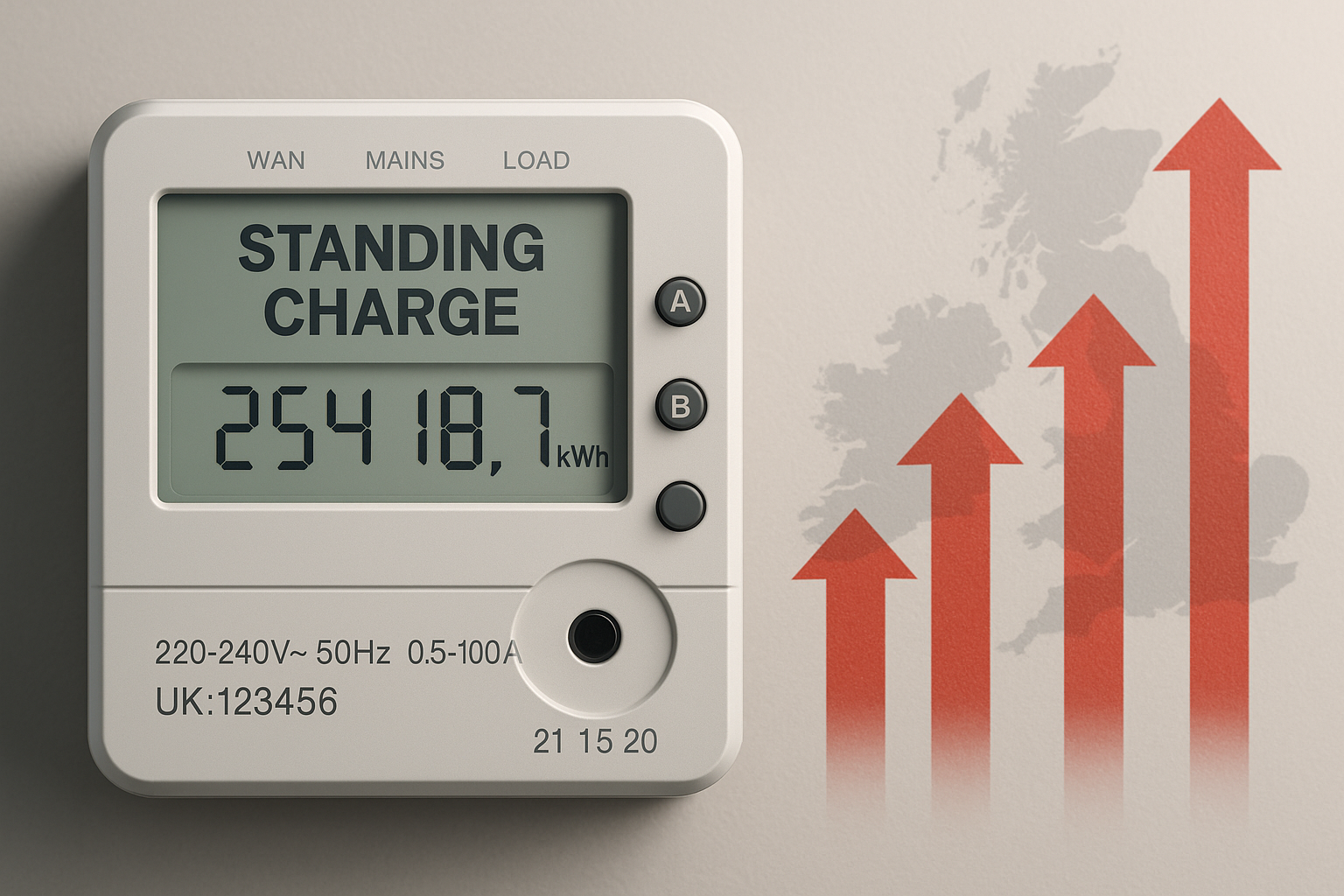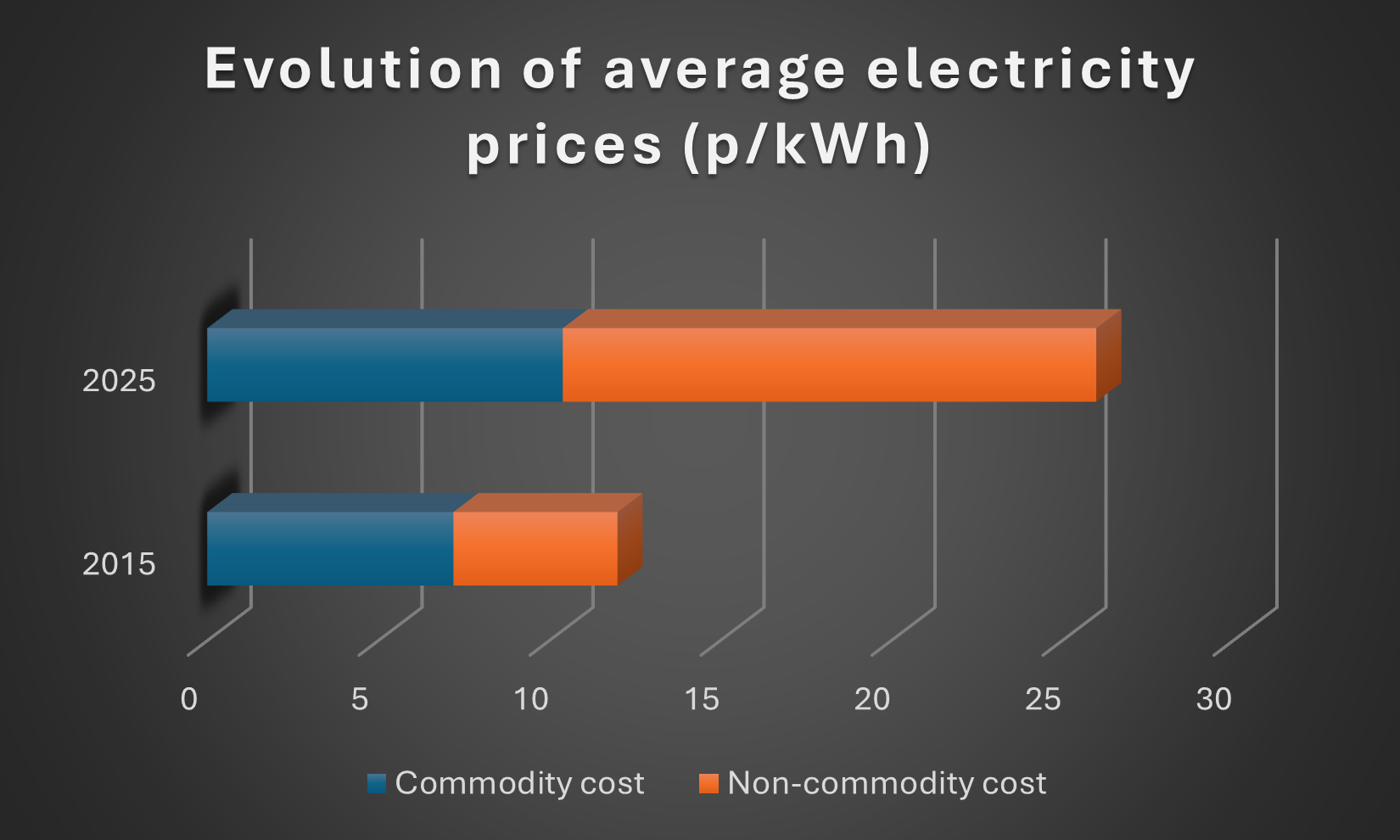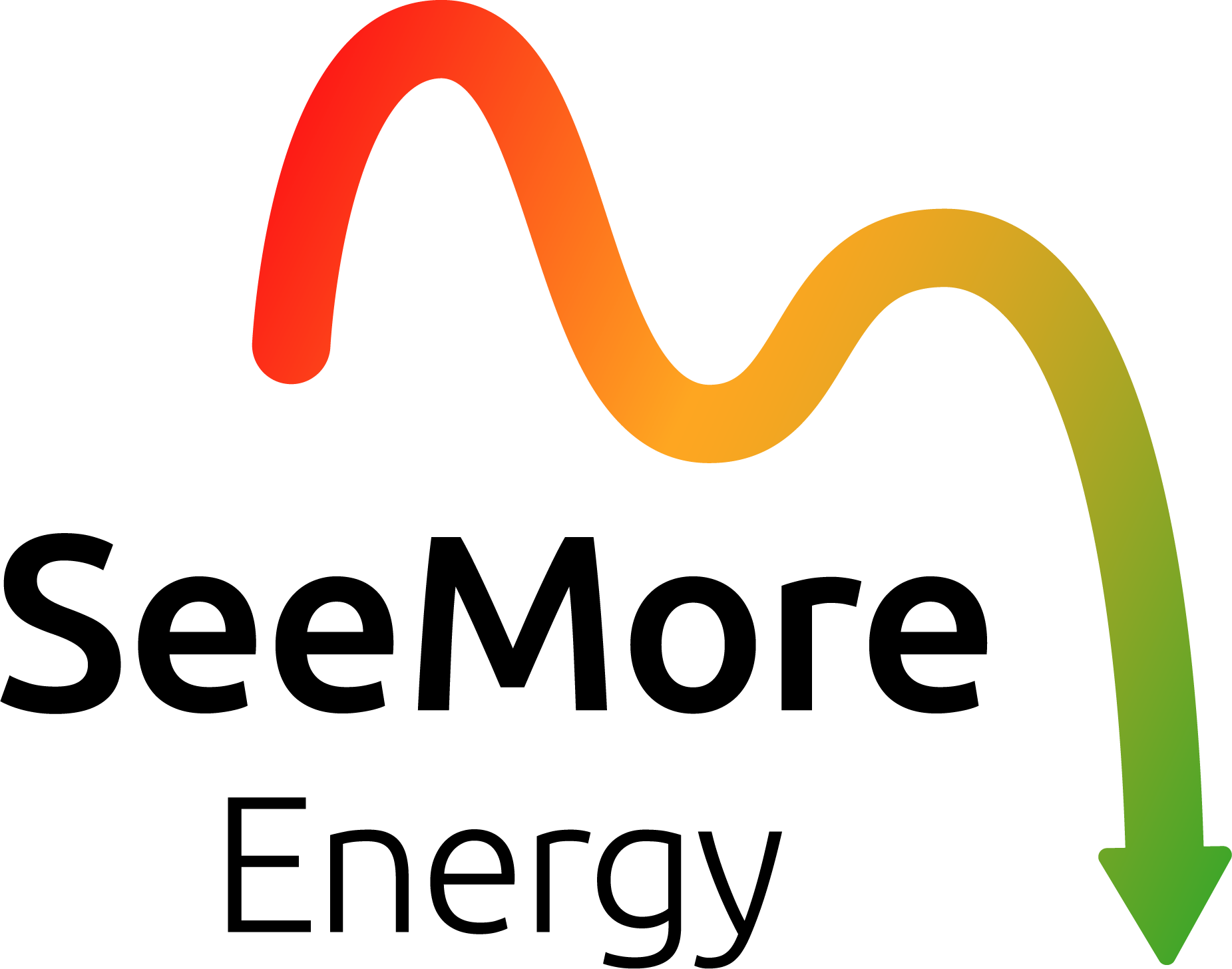Understanding Your Energy Bill: Use of System Charges
Use of System Charges
What are the use of system charges?
On your electricity bill, you may notice three "Use of System" charges listed among the various fees and costs. These are: Distribution use of system (DUOS), Transmission use of system (TUOS), and Balancing service use of system (BSUoS). In this article we will explain what they are and why they are charged.
DUOS
Distribution use of system charges are applied by the local distribution company for using their network to transport electricity from the national grid to the user.
They can include a DUOS standing charge which covers the cost of maintaining and operating the local distribution network. This is a fixed charge and is based on the size of the connection to the network.
There are also DUOS unit charges relating to the amount of electricity consumed. These unit charges can come in red, amber, and green depending on the time of day and reflect the demand on the local area network. During times of high demand the charge will be classed as red, which is the highest of the 3 unit costs. During times of low demand the charge will be green, the lowest of the 3 unit charges. Amber charges fall in between red and green, being applied to periods of medium demand.
The amounts charged for these can vary depending on the type of meter, distance from the connection point, and the available supply capacity. On average, red charges are 50 times more than amber charges, and 450 times more than green charges.
These charges are designed to encourage users to consume less electricity during peak hours and encourage use during times when there is less demand on the grid.
Can DUOS charges be reduced?
One way to reduce costs is to monitor when energy is being used and – where possible – try to conduct energy-intensive activities outside of peak demand hours. By understanding when you normally use the most electricity you can begin to assess which activities can take place during hours when the demand across the grid is less intense.
For those with half-hourly meters, this can be possible if you have an energy monitoring service -- such as the one included with our bill validation portal. Clearly seeing how much you consume at different times of the day, and different days of the week, can offer valuable insight into your consumption patterns.

Example of a one-month energy footprint report
TUOS
Transmission Use of System charges are applied by the National Grid for the use of their high-voltage electricity transmission network which transports electricity from power stations to the local distribution networks.
These charges cover the cost of maintaining and operating the high-voltage electricity transmission network and are calculated based on the amount of electricity consumed.
They are charged at a fixed rate per kWh.
BSUOS
The Balancing Services Use of System (BSUoS) charge covers the costs incurred by the National Grid for balancing electricity supply and demand in real-time. The BSUoS charge reflects the cost of maintaining the stability and security of the electricity system and is calculated based on a consumer's share of total electricity.
The charge can vary widely based on levels of renewable energy generation, changes in demand, and unexpected events that affect the grid's stability.
If you would like to know more about any of the charges on your bill or receive advice on how to get the best deal when renewing your contract then please don't hesitate to contact our team at admin@seemoreenergy.co.uk
Contact Us for advice on your energy bills










